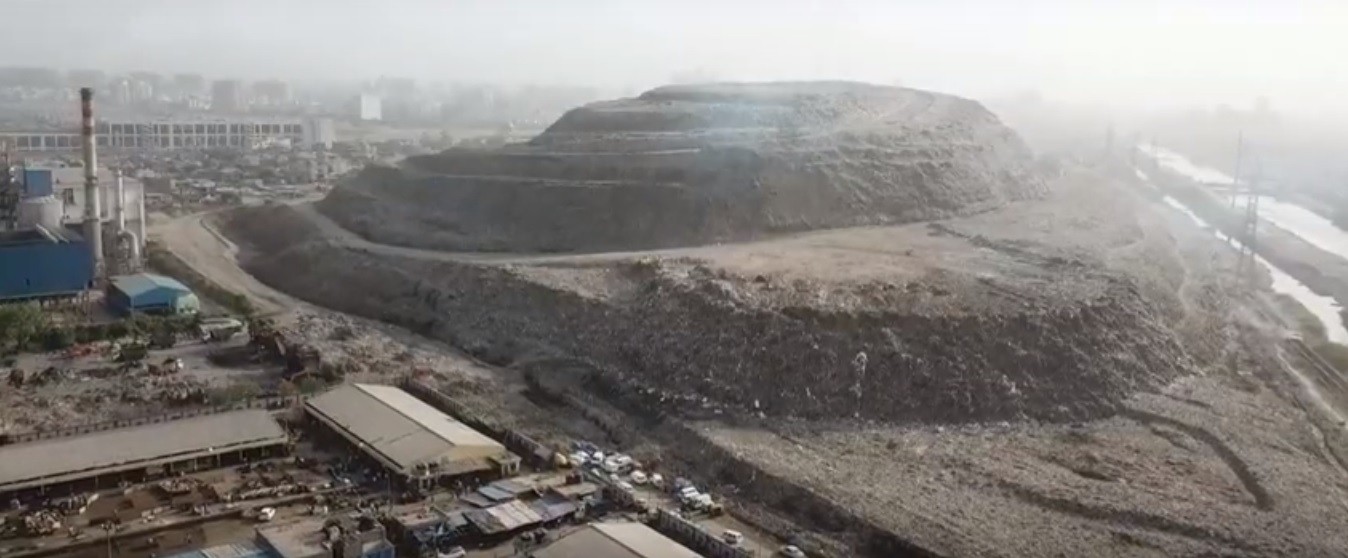
Located in Delhi's capital city of India, the Ghazipur landfill continues to grow at an astonishing rate: within a year, it is expected to be higher than the Taj Mahal, one of the country's most iconic landmarks. At 65 meters high, the pile was once dubbed 'Mount Everest' by the inhabitants of the capital of India.
Opened in 1984, the landfill has reached capacity of 20 meters in the year 2012, when it should be closed. However, the site continued to function and today the 21 million people who live in the city depend on this and other two landfills – which have also hit the garbage disposal threshold for at least a decade.
"About 2,000 tonnes of garbage are dumped in Ghazipur every day," a New Delhi municipal official told the AFP news agency on condition of anonymity. This amounts to about 10 meters of growth each year.
The East Delhi Municipal Corporation (EDMC) tried several times to close the embankment but failed. Last year, the victories became fatal and two villagers were killed in a landslide after part of the mountain collapsed due to heavy rains.
"Waste disposal practices are not well controlled, which led to the formation of steep and unstable slopes," wrote the authors of a report that verified the causes of the accident. "Subsurface fires, surface-to-surface smoke emissions, garbage wastes and informal garbage recyclers were observed during the site visit in November 2017."
The conclusions were simple: the transport of new waste should cease immediately, transferring operations from the landfill to a new location.
The closure lasted only a few days: Ghazipur remains a destination for the dumping of garbage. As the structure continues to grow, the risks to the locals are manifold. As the trash in this pile is in the open, it stimulates aerobic decomposition and generates heat and methane. This means that, under the right conditions, spontaneous fires can happen easily, further destabilizing the entire structure.
What's more, the landfill has absolutely no coating system, which means that all litter keeps direct contact with the ground, contaminating the entire water table in the area.